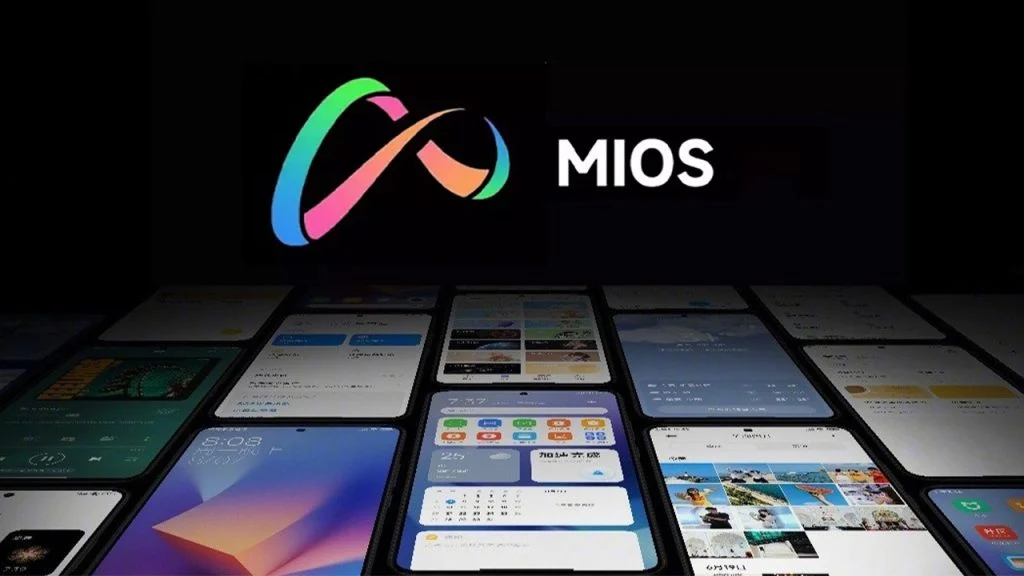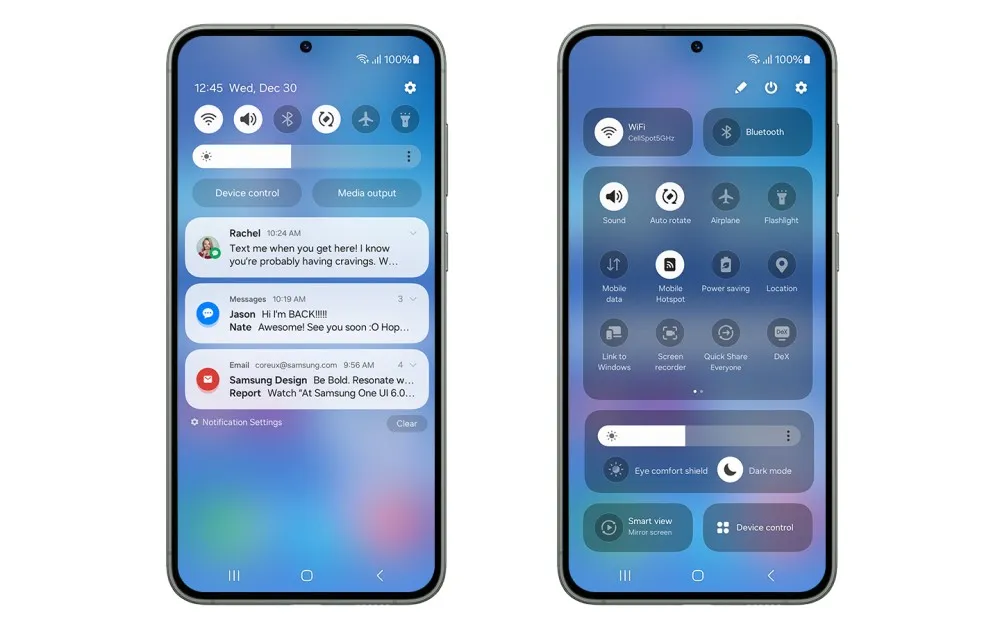Fujifilm has revealed its new APS-C camera, the X-M5. While it isn't designed as a compact, professional tool, the hardware and features suggest that it serves as an excellent substitute for the more affordable Fujifilm X-T30 II. This year, the Fujifilm X-T50 was introduced as the direct successor to the X-T30 II, boasting significant improvements in almost every aspect of the camera.
Price Concerns
However, with these enhancements, the X-T50 now comes with a steep $400 increase compared to the X-T30 II, making it less appealing for newcomers and those on a budget who preferred the older model. Fujifilm recognized this issue, continuing to produce and sell the X-T30 II even after the X-T50's launch. At the moment, the X-T30 II seems to be sold out virtually everywhere, suggesting that it might be time for a suitable successor to step in.
Features and Target Audience
Some critics might point out the Fujifilm X-M5's absence of In-Body Image Stabilization (IBIS), Electronic Viewfinder (EVF), and built-in flash, along with its older X-Trans CMOS 4 sensor, as significant drawbacks. Nonetheless, its specifications are well-suited for the audience Fujifilm is targeting — the social media-savvy smartphone photographer. The features of the Fujifilm X-M5 include:
From the specifications, it's evident that the Fujifilm X-M5 is quite capable, especially considering its small size of just 112 × 67 × 38 mm. This makes the X-M5 6 mm narrower, 15 mm shorter, and 9 mm thinner than the X-T30 II, while still matching or surpassing it in nearly every performance aspect, even without an EVF. The Fujifilm X-M5 seems to cater mainly to younger individuals who prioritize sharing content on social media. This is further emphasized by the camera's integration with smartphones. For this demographic, the X-M5 will surely provide a notable upgrade in quality over smartphones for both photos and videos without compromising convenience.
Portability and Value
The X-M5 is not only compact enough to fit into a small backpack or a jacket pocket, but it also connects directly with smartphones for easy sharing. Additionally, the X-M5 will be offered in a kit priced at $899 that includes the optically stabilized Fujifilm XC 15-45 mm F3.5-5.6 OIS PZ lens. This essentially addresses one of the main weaknesses of compact cameras — the absence of IBIS — for an extra $100. Even when considering used options from platforms like MBP and KEH, there are very few cameras that can match the X-M5 in terms of price and features, with only the $1,098 Sony ZV-E10 II and the $1,096 Nikon Z fc coming close. However, these alternatives fall short in tactile experience and video resolution and frame rates.
The user-friendly film simulation dial and a variety of intuitive tactile controls, paired with the Fujifilm X-App's numerous image transfer options, suggest that the X-M5's intended audience isn't professional photographers or serious hobbyists looking for an everyday camera. Instead, it's for those seeking something that combines the ease of use and affordability of a smartphone with the image quality and potential for growth of a mirrorless camera. Given that the X-S20, which shares most of its hardware with the X-M5, is already known to be an exceptional hybrid camera, it's safe to say the Fujifilm X-M5 will be a resounding success in its intended market.
Fujifilm, DPReview, Notebookcheck.



